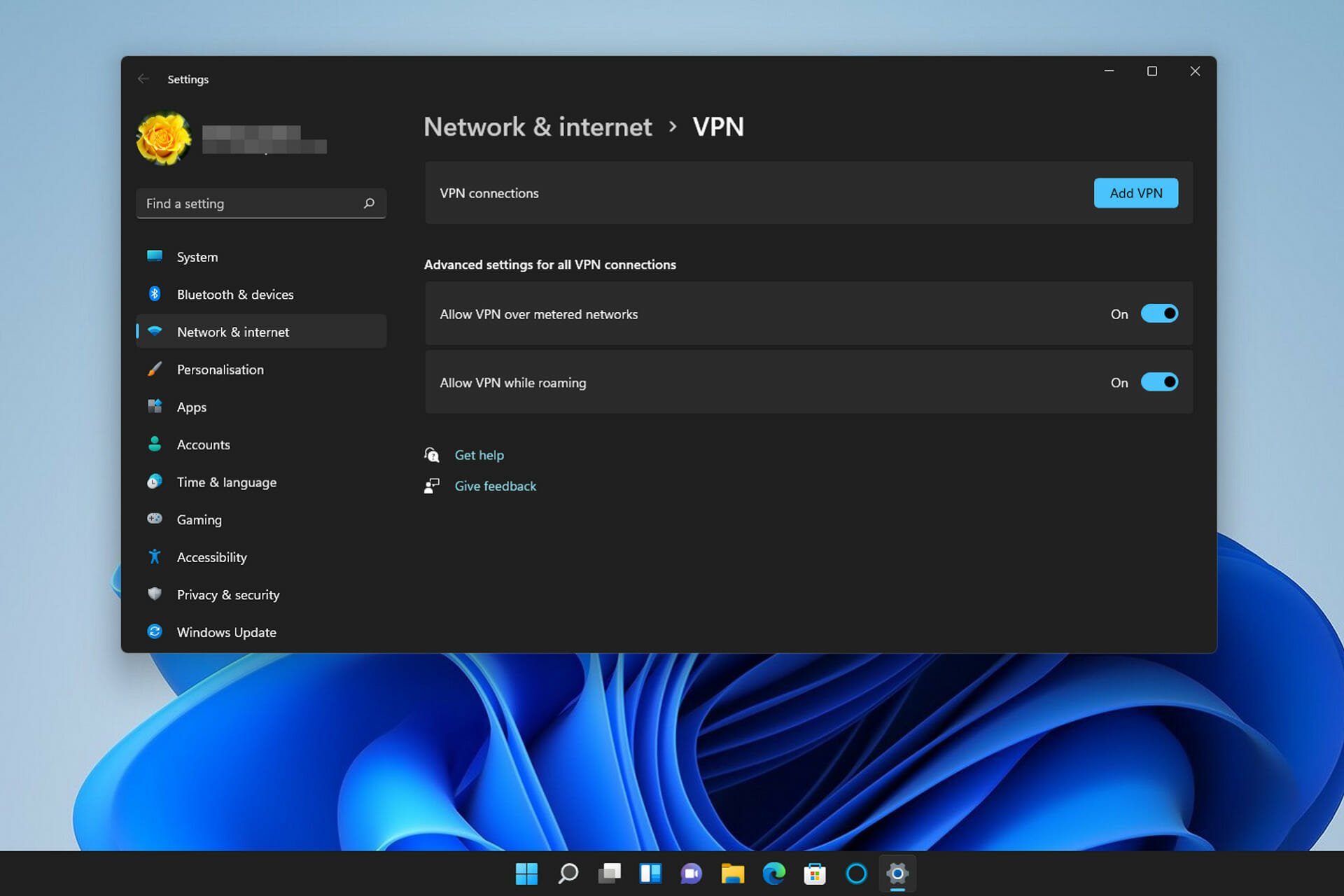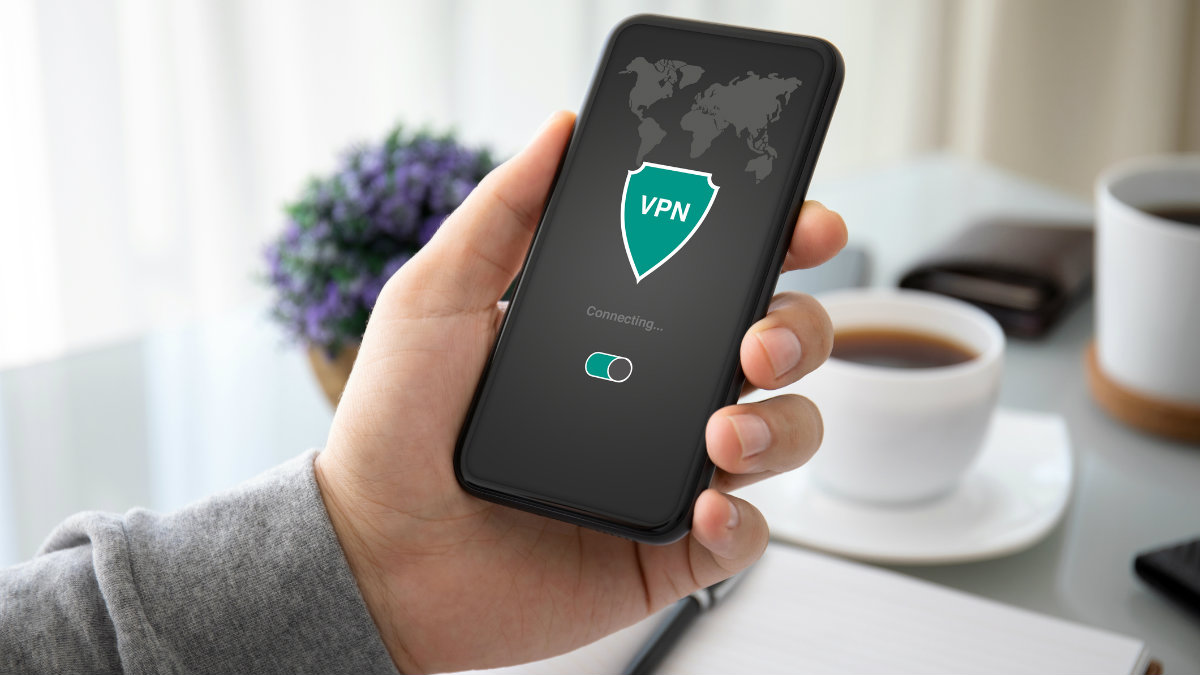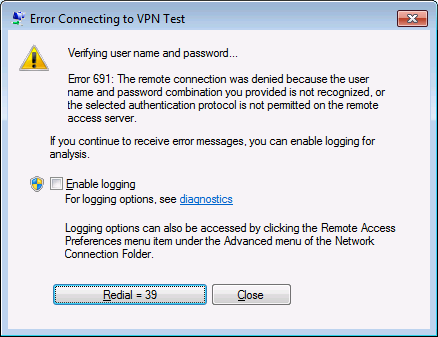Featured
Table of Contents
Vpn Troubleshooting

The Routing and Remote Access snap-in lives within the Microsoft Management Console, known as the MMC. There are several methods to access the MMC. You can select the console from the Start menu's Programs alternatives, within the Administrative Tools folder within Windows server's Control board or by typing mmc at a command timely.
As Tech, Republic's Brandon Vigliarolo shows within his video at the start of this post, the Services console displays the status of the Routing and Remote Gain access to entry. From within the Services console and with the Routing and Remote Access entry highlighted, you can click Start the Service or right-click the entry and select Restart.
Sometimes the VPN client and VPN server are set to utilizing various authentication approaches. Confirm whether an authentication mistake is the problem by opening the server console. Yet another method of accessing the MMC is to type Control+R to open a command timely in which you can type mmc and struck Go into or click OK.
If the entry isn't present, click File, select Add/Remove Snap-in, pick the Routing and Remote Gain access to alternative from the choices and click Add, then OK. With the Routing and Remote Gain access to snap-in added, right-click on the VPN server and click Residences. Evaluate the Security tab to verify the authentication method.
General Troubleshooting - Sophos Connect
Ensure the VPN customer is set to the authentication technique defined within the Security tab. Generally the items just reviewed are responsible for a lot of VPN connection rejection errors.
Each Web-based VPN connection normally utilizes 2 various IP addresses for the VPN customer computer system. This is the IP address that's used to establish the preliminary TCP/IP connection to the VPN server over the Internet.

This IP address normally possesses the exact same subnet as the regional network and therefore permits the customer to communicate with the local network. When you established the VPN server, you should configure a DHCP server to assign addresses to customers, or you can produce a bank of IP addresses to assign to customers directly from the VPN server.


If this option is picked and the reliable remote gain access to policy is set to permit remote gain access to, the user will be able to connect to the VPN. Although I have been unable to re-create the situation personally, I have heard reports that a bug exists in older Windows servers that can cause the connection to be accepted even if the reliable remote gain access to policy is set to reject a user's connection.
Troubleshooting Vpn And Encryption Problems For Admins

Another common VPN problem is that a connection is effectively established however the remote user is unable to access the network beyond the VPN server. By far, the most common reason for this problem is that authorization hasn't been granted for the user to access the whole network. To allow a user to access the whole network, go to the Routing and Remote Access console and right-click on the VPN server that's having the problem.
At the top of the IP tab is an Enable IP Routing check box. If this check box is allowed, VPN users will have the ability to access the remainder of the network, presuming network firewall softwares and security-as-a-service settings allow. If the checkbox is not selected, these users will be able to gain access to just the VPN server, but absolutely nothing beyond.
For instance, if a user is calling straight into the VPN server, it's typically best to configure a fixed path in between the customer and the server. You can configure a static path by going to the Dial In tab of the user's properties sheet in Active Directory Users and Computers and selecting the Apply A Static Route check box.
Click the Include Route button and after that enter the location IP address and network mask in the space offered. The metric should be left at 1. If you're using a DHCP server to appoint IP addresses to customers, there are a couple of other issues that could cause users not to be able to surpass the VPN server.
Troubleshooting - Barracuda Campus
If the DHCP server designates the user an IP address that is already in usage in other places on the network, Windows will discover the conflict and avoid the user from accessing the remainder of the network. Another common problem is the user not receiving an address at all. Most of the time, if the DHCP server can't appoint the user an IP address, the connection won't make it this far.
254.x. x variety. If the client is assigned an address in a range that's not present within the system's routing tables, the user will be unable to navigate the network beyond the VPN server. Other concerns can contribute to this problem, too. Make sure the resources the user is attempting to gain access to are in fact on the network to which the user is connecting.
A VPN connection to the other subnet might, in truth, be required. A firewall software or security as a service option might also be to blame, so do not forget to evaluate those solutions' settings, if such components exist in between the VPN server and the resources the user looks for to reach.
The first possibility is that one or more of the routers included is performing IP packet filtering. I suggest checking the customer, the server and any devices in between for IP package filters.
Latest Posts
Best Vpn Services 2023 — Today's Top Picks
Best Vpns For Small Business In 2023
Vpn Connectivity And Troubleshooting Guide